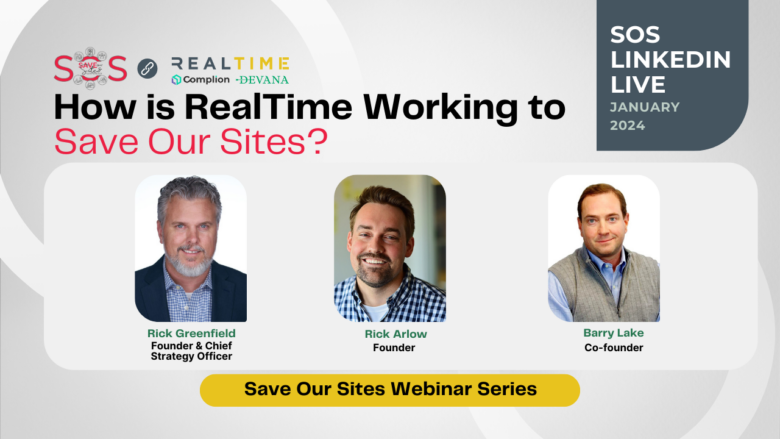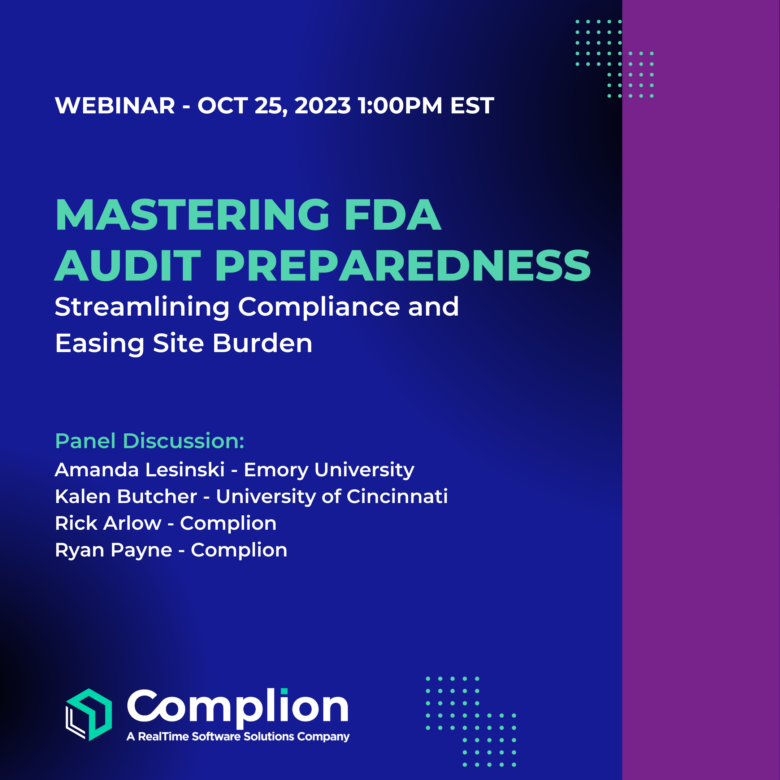 Over the course of time, people in all eras, geographies, and industries have looked to create standards as a way to improve efficiency and reduce variance of outcomes.
Over the course of time, people in all eras, geographies, and industries have looked to create standards as a way to improve efficiency and reduce variance of outcomes.
For instance, King Henry I of England standardized measurement in 1120 AD by instituting the ell, which was equivalent to the length of his arm. Another example: The Egyptians were the first to develop the 365-day calendar and are often credited with logging 4236 BC as the first year in recorded history. A more recent example from 2009 that provides relevancy to the clinical research industry: A cross-section of life science companies, contract research organizations, technical vendors, and industry groups, established the Trial Master File (TMF) Reference Model to develop a standardized taxonomy and nomenclature for organization of TMF content.
So, if development of standards is a proven methodology for efficiency and quality, why is the TMF Reference Model not more widely applied at clinical research sites and institutions?
For example, a common challenge faced by research staff is when a Regulatory Coordinator at a research institution switches departments or specialties. The Coordinator is often forced to learn a completely new process for how to manage their regulatory documents and organize their binders, according to the theory of “that’s how it’s always been done” at the new department.
A non-comprehensive list of regulatory processes that often vary greatly between an institution’s internal departments as well as more generally from institution to institution include:
- Training and safety report dispersal and acknowledgement
- IRB submissions
- Document naming and filing conventions
- Delegation of authority log management
- Protocol and Informed Consent Form version control
- Staff credentials
Additionally, many sites and institutions conducting clinical research decide it’s easiest to receive instruction and guidance from their industry sponsor(s) on how the trial will be conducted, how the binders will be organized, etc.
The result: A scenario where that institution is working with 20 different industry sponsors, is following 20 different standards, which translates to 20 different systems.
How to scale and grow your research
As it relates to quality, operating in a system built upon standards ensures confidence the same outcome will occur every time. In those rare cases where a different outcome occurs, there is a framework in place to review compliance with the standard and quickly identify any deviations and what caused them. Quality assurance becomes simpler, is continually ongoing, and is an integrated component of the institution, underlying every day-to-day task and decision made by staff.
Implementing an eRegulatory solution offers research institutions the opportunity to standardize clinical trial documentation and processes.
A key point of distinction: An eRegulatory system by itself does not build and put in place the standards for an institution. Instead, it is a catalyst for that development and collaboration process to begin. The institution either needs to define the standard for from the ground up, or partner with a knowledgeable vendor who can leverage their expertise, experience, and collective best practices to build a process suited for the research institution. Furthermore, the right solution can automate regulatory processes, improving efficiency and ensuring adherence to SOPs.
Ultimately, compliance with FDA and ICH GCP regulations and guidelines is the responsibility of the site conducting the trial — not the sponsor or CRO. With that in mind, wouldn’t it be simpler to follow your own institution’s set of standards and SOPs to ensure compliance and confidence rather than juggling the many different standards and systems forced upon you?
Find out how to begin the process of setting your own standards. Partner with Complion and we’ll leverage our extensive experience working with leading clinical research sites to develop processes that are tailored to meet the need of your institution. Contact us to learn more.


